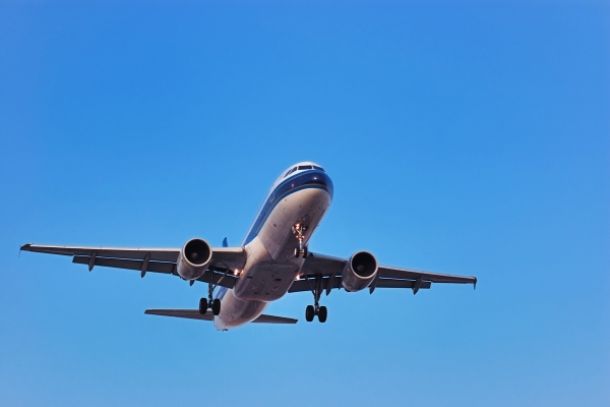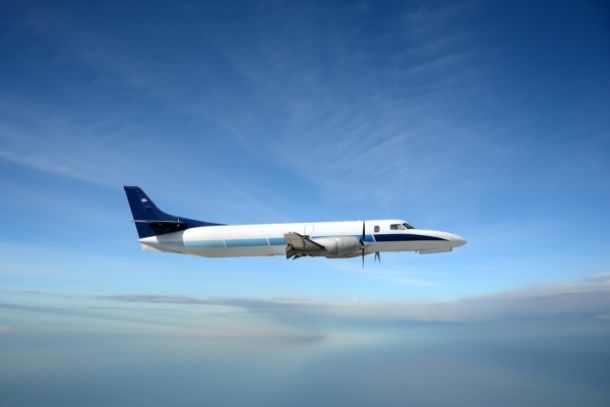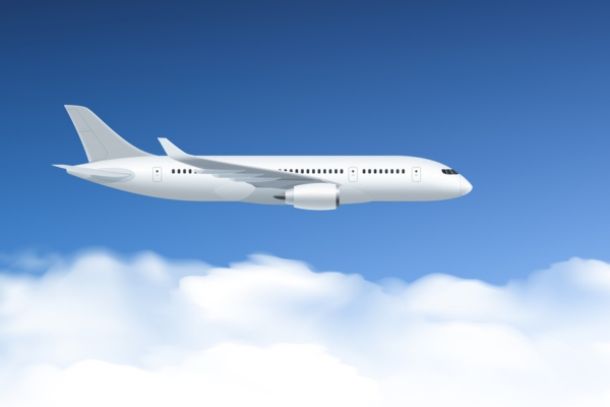Is It Cheaper to Book One-Way or Round-Trip Flights?
Is It Cheaper to Book One-Way or Round-Trip Flights?
One of the most debated questions in the world of air travel is whether it’s cheaper to book one-way tickets separately or to purchase a round-trip ticket. The answer isn’t always straightforward—it depends on several factors, including the airline’s pricing strategy, route, travel season, and booking timing. This article explores the pros and cons of one-way versus round-trip bookings, provides insights from industry trends, and offers practical tips to help you decide which option is best for your travel needs.
The Basics of Airline Pricing
Airlines use dynamic pricing models that take into account factors such as demand, competition, and booking patterns. Historically, round-trip tickets have been the standard, and airlines often incentivize travelers with discounted round-trip fares compared to the total cost of two one-way tickets. However, the landscape is changing with the rise of low-cost carriers and more flexible pricing structures.
Advantages of Round-Trip Tickets
- Cost Efficiency:
Round-trip tickets are traditionally cheaper than buying two separate one-way tickets. Airlines often offer discounts on round-trip fares to encourage travelers to book both segments with the same carrier. - Simplicity:
Booking a round-trip ticket simplifies the planning process by ensuring that both legs of your journey are coordinated. This reduces the risk of misaligned schedules and potential issues with connecting flights. - Loyalty Rewards:
Many airline loyalty programs reward travelers for round-trip bookings. Earning miles on both legs of your journey can accelerate your rewards accumulation, potentially leading to upgrades or free flights. - Package Deals:
Round-trip fares can sometimes be bundled with other travel services, such as hotels or rental cars, offering additional savings.
Advantages of One-Way Tickets
- Flexibility:
One-way bookings provide greater flexibility, allowing you to mix and match airlines and routes. This can be particularly useful if you’re planning a multi-destination trip or if you prefer to fly with different carriers for different segments. - Exploiting Lower Fares:
In some cases, low-cost carriers offer exceptionally cheap one-way fares that aren’t available as part of a round-trip package. This can be advantageous if you’re open to booking separate tickets and don’t mind the added complexity. - Creative Itineraries:
One-way tickets make it easier to construct multi-city itineraries. For example, you might fly one way with a budget carrier and return with a full-service airline that offers better amenities or loyalty benefits. - Avoiding Restrictions:
Some round-trip tickets come with strict change fees and cancellation policies. Booking one-way tickets can provide more flexibility if your travel plans are subject to change.
Factors to Consider When Choosing Between One-Way and Round-Trip
- Route and Competition:
On highly competitive routes where multiple airlines operate, one-way fares can sometimes be lower than the round-trip fare offered by a single carrier. Compare the prices across different airlines and booking sites to determine the best option for your route. - Travel Dates and Seasonality:
If you’re traveling during peak seasons, round-trip tickets might be more expensive due to high demand. In such cases, booking one-way tickets separately—especially if you have flexible dates—might yield savings. - Booking Flexibility:
Consider how certain you are about your travel dates. Round-trip tickets often come with penalties for changes, whereas one-way bookings might offer more lenient policies (especially if booked through low-cost carriers). - Total Cost Comparison:
Always compare the total cost—including any additional fees such as baggage, seat selection, and change fees—for both one-way and round-trip options. Sometimes the apparent savings on one segment can be offset by extra charges.
Strategies for Making the Best Decision
- Use Multiple Search Engines:
Utilize flight comparison tools like Google Flights, Skyscanner, and Kayak to search for both one-way and round-trip fares. These platforms allow you to view pricing trends over a range of dates and identify the most cost-effective option. - Set Up Price Alerts:
If you’re not ready to book immediately, set up price alerts for both one-way and round-trip searches. This way, you can monitor fluctuations and book when the fare reaches an acceptable level. - Consider Combining Options:
Sometimes the best solution is a hybrid approach. For instance, booking one way with a low-cost carrier and returning with a different airline can offer a balance between cost and convenience. Evaluate the overall itinerary rather than sticking to one method. - Evaluate Loyalty Benefits:
If you’re a member of an airline’s frequent flyer program, check if booking a round-trip ticket offers additional mileage or elite status credits that might provide long-term benefits. - Flexibility in Planning:
If your travel plans are fluid, one-way tickets might give you the freedom to adjust your itinerary on the fly. This can be particularly beneficial if you’re traveling to multiple destinations or are open to extending your trip if a great deal arises.
Final Thoughts
There is no one-size-fits-all answer to whether it’s cheaper to book one-way or round-trip flights. The best option depends on a variety of factors, including the route, timing, flexibility, and additional fees. By carefully comparing both options, using comprehensive search tools, and considering your overall travel strategy, you can determine which method offers the best value for your trip.
Ultimately, the key to saving money on airfare is to remain flexible and informed. Whether you choose to book a traditional round-trip ticket or mix and match one-way fares, the goal is to secure the best deal possible without compromising your travel plans. With diligent research and a willingness to explore creative booking strategies, you can optimize your itinerary and enjoy significant savings on your next journey.


